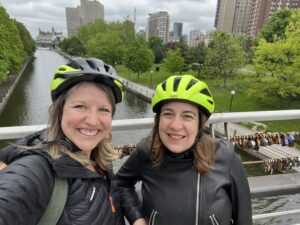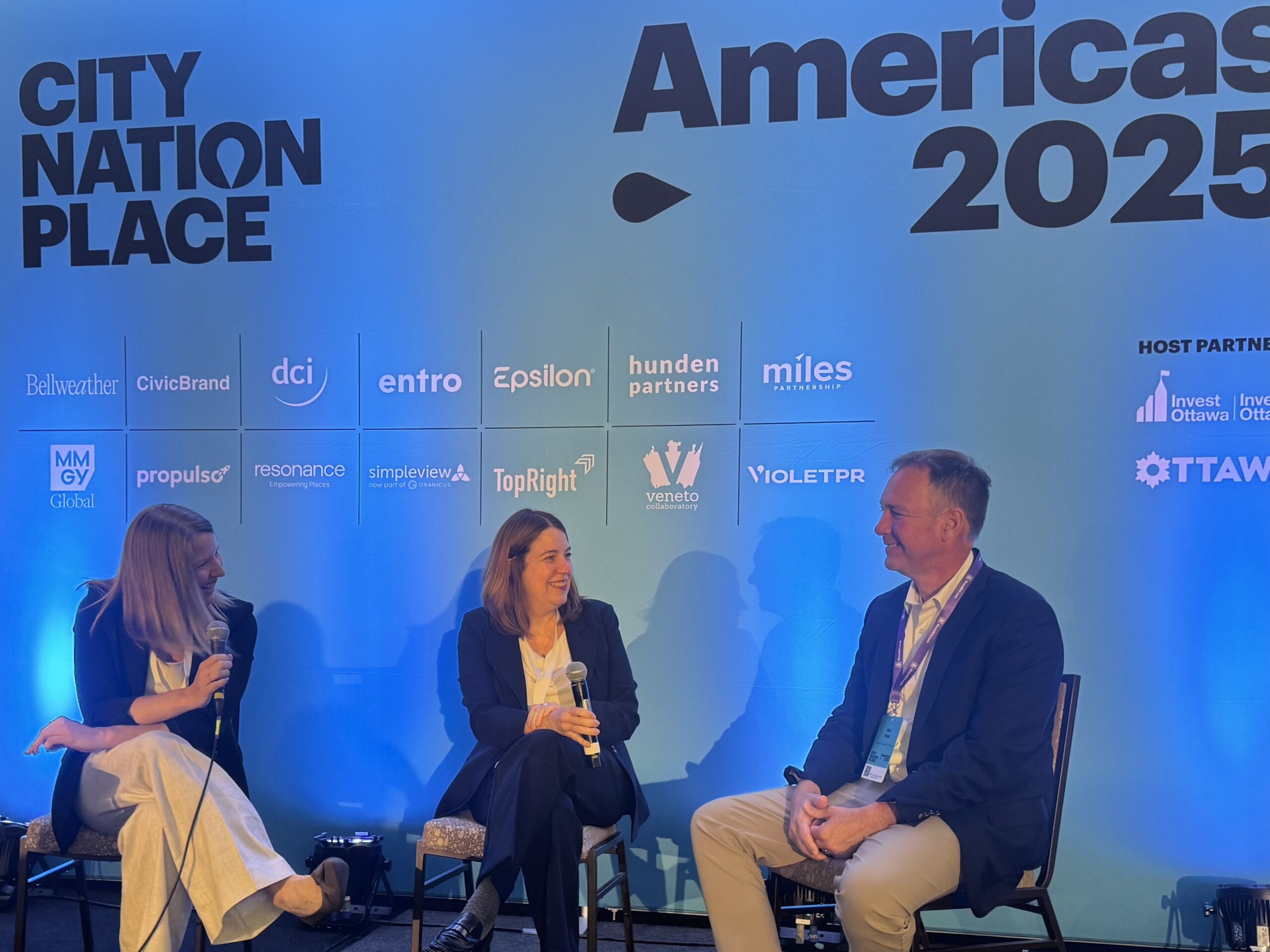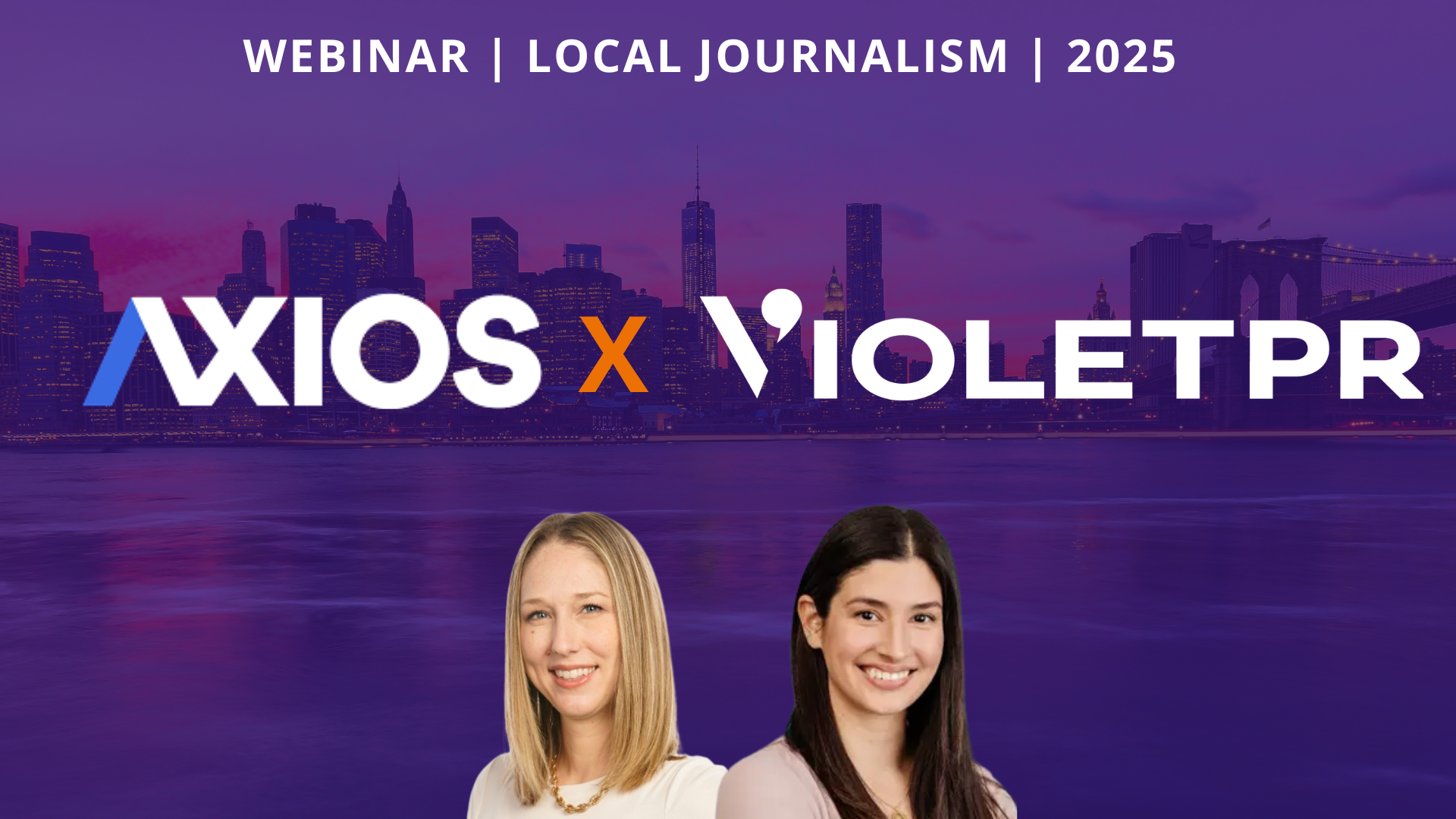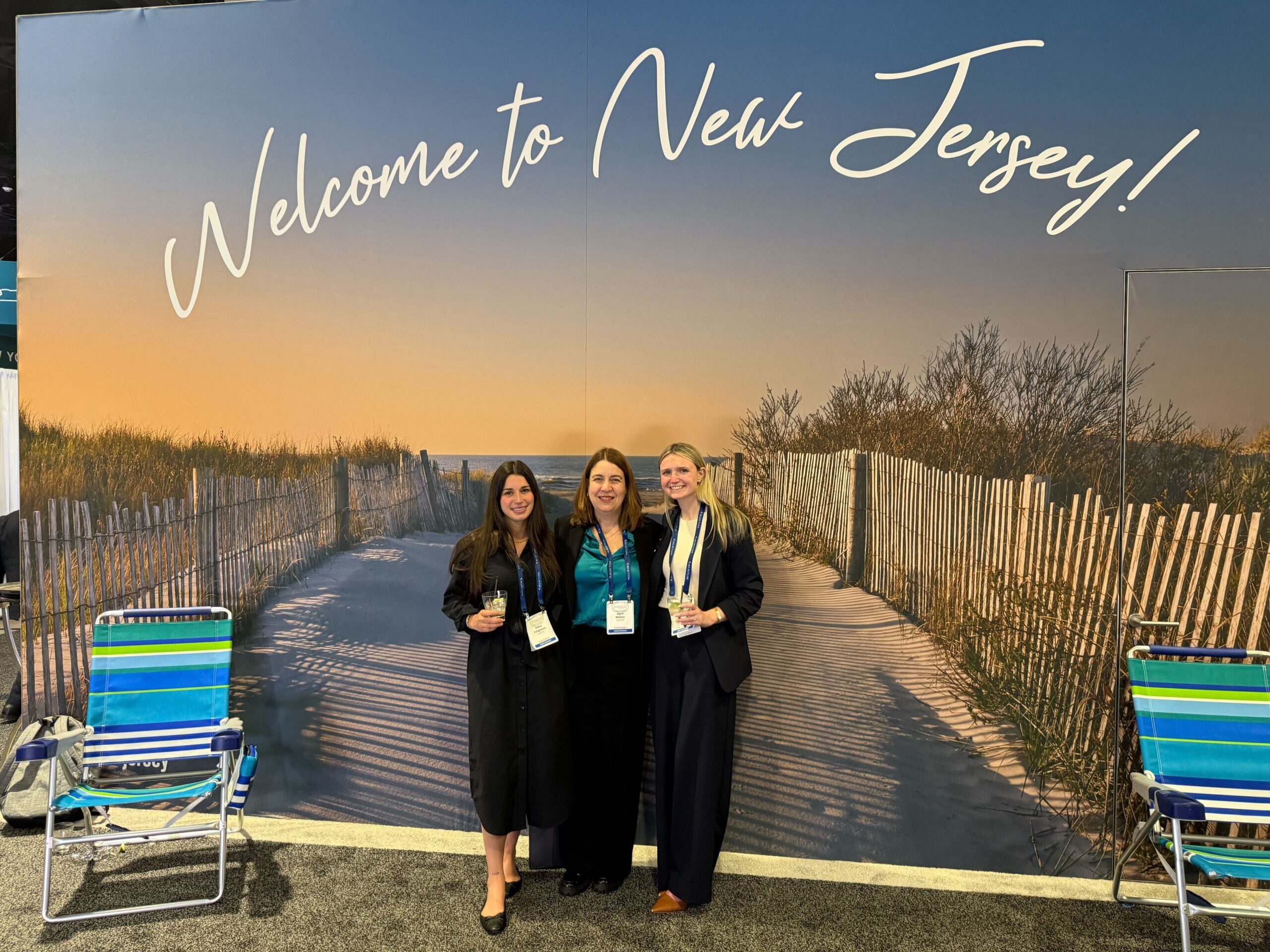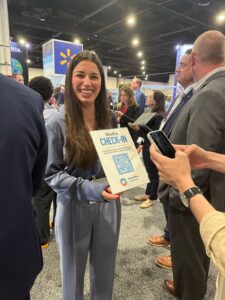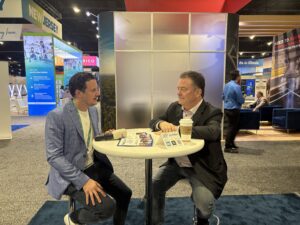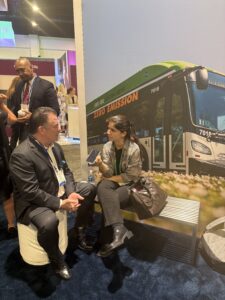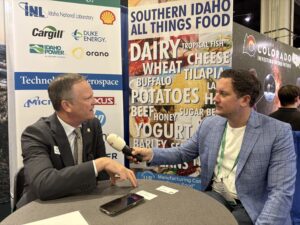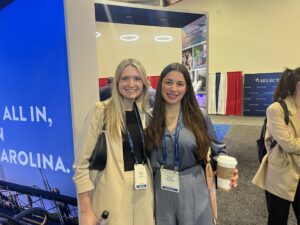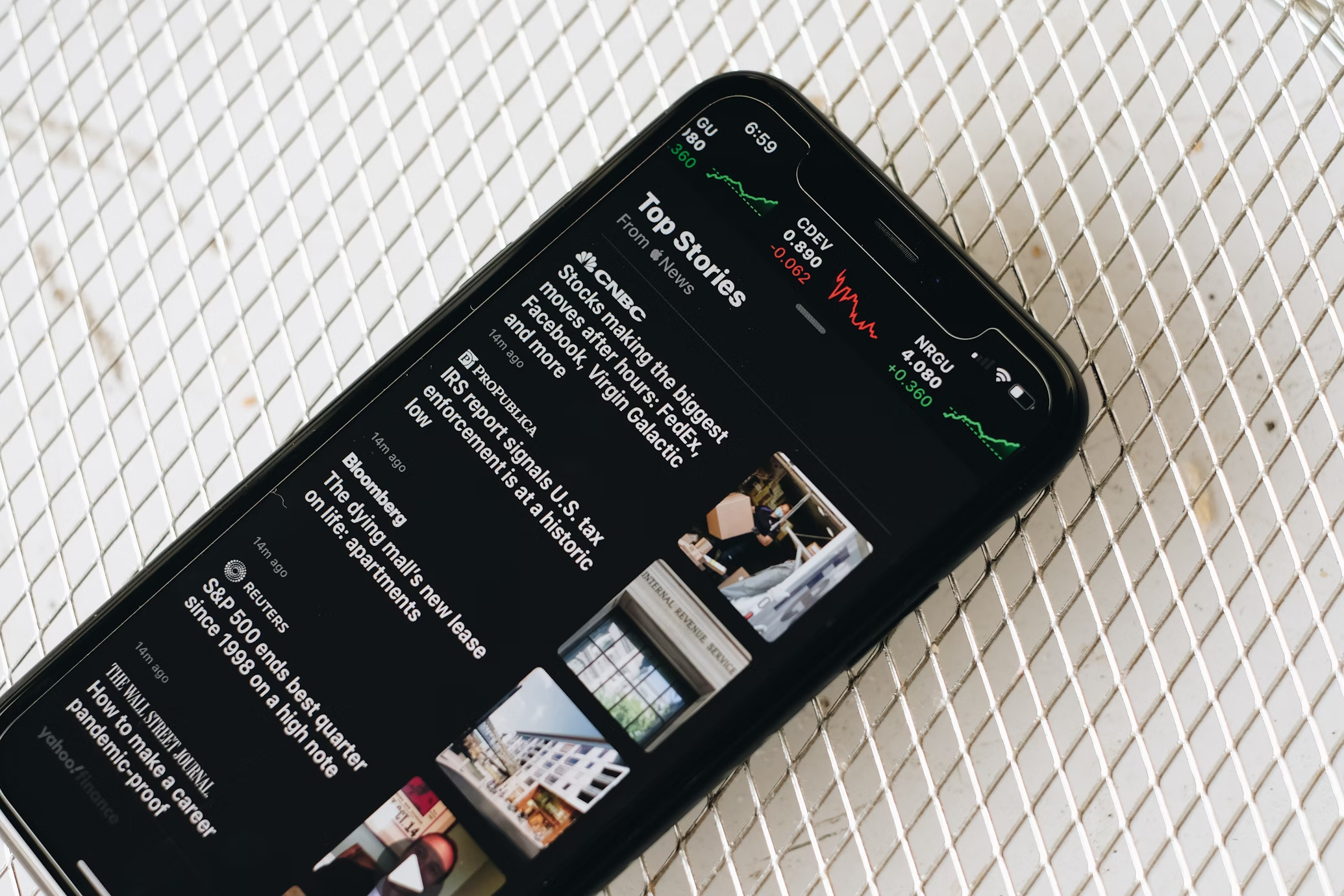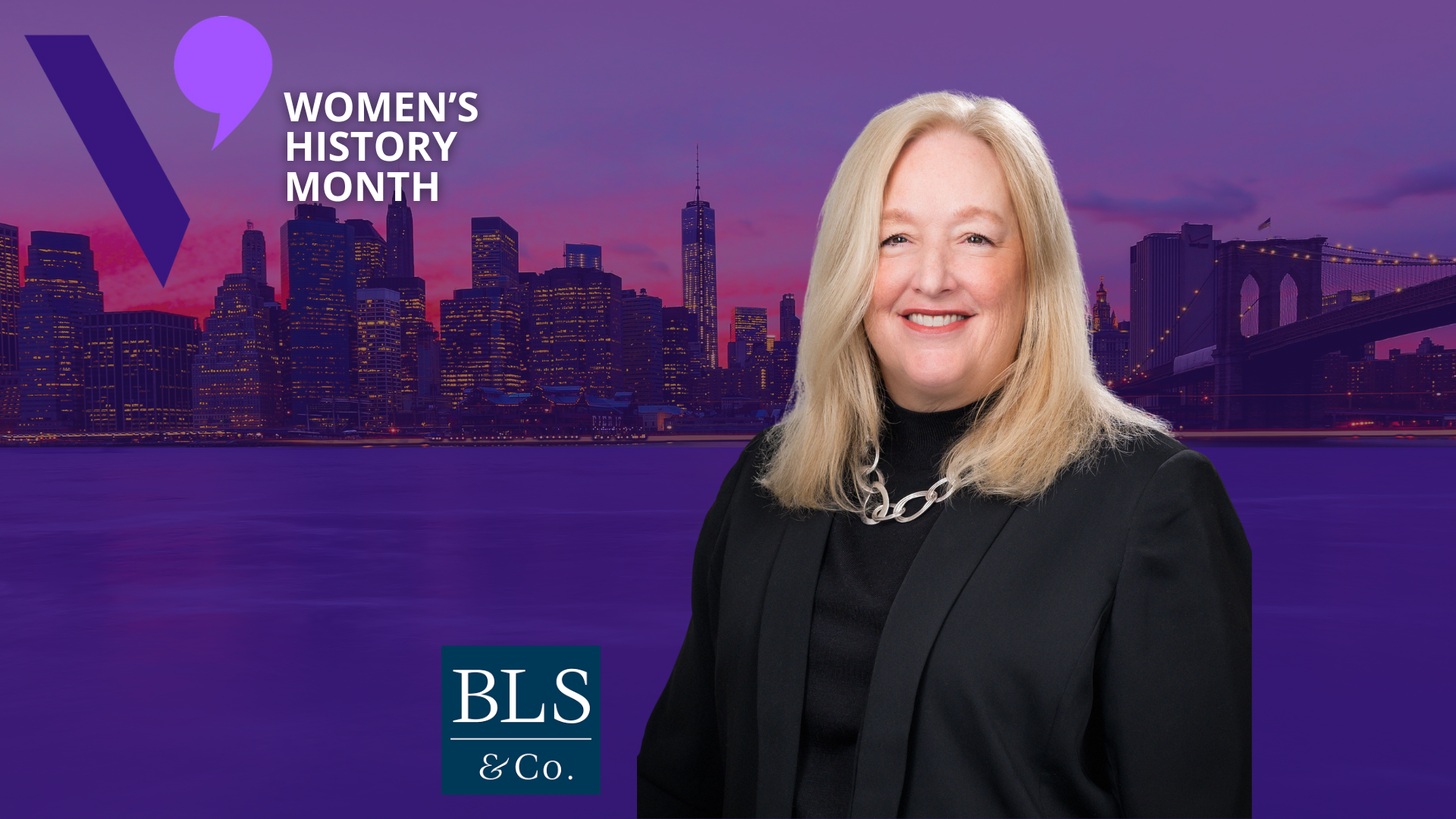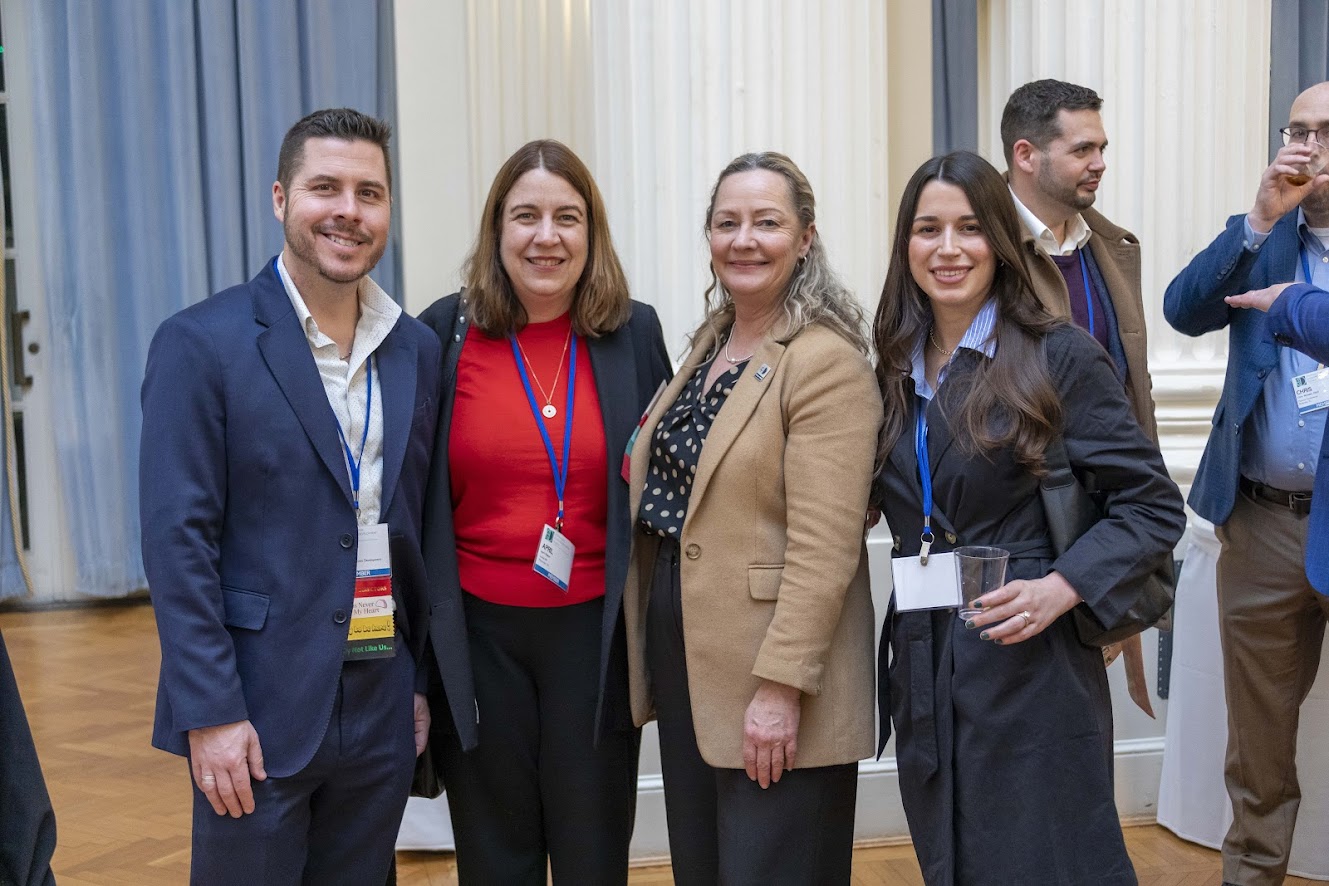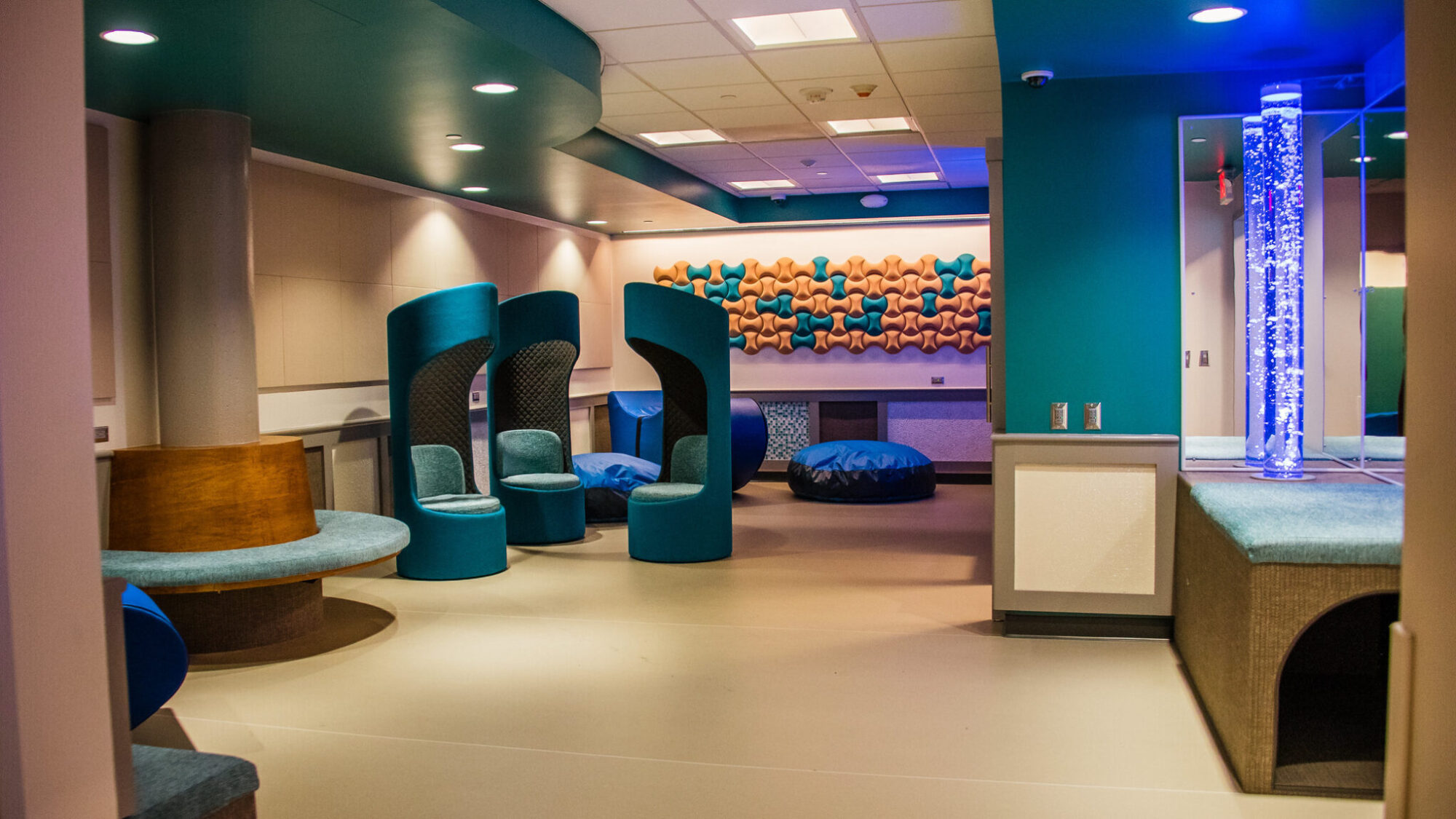As Women’s History Month comes to a close, it is vital to recognize the achievements and contributions of women across industries—including those shaping the future of economic development and site selection. While these fields have traditionally been male-dominated, women leaders continue to drive innovation and foster economic growth.
In this special Q&A, we spoke with Tracey Hyatt Bosman, managing director at site selection firm Biggins Lacy Shapiro & Co., about her experience navigating the industry, notable trends and her advice for the next generation of talent.
In her role, Tracey develops and executes incentives and location selection strategies for BLS & Co.’s corporate and institutional clients. She has 20 years of professional experience across a range of sectors, including data centers, manufacturing, headquarters, back office and contact center operations, and logistics.
Here’s an edited version of our discussion.
What inspired you to pursue a career in site selection/economic development?
I think like most people, I didn’t know about the industry while I was in school – I just happened upon it. I met a couple of gentlemen at a professional international trade association who worked for the South Carolina Department of Commerce, which ultimately led to a deeper understanding of the work the Department does. I then fell in love with economic development because it sits at the intersection of two things that have always interested me: government and business. A lot of people assume you have to focus on one or the other, but economic development unifies the two.
It’s an interesting place, both intellectually and impactfully, as we’re helping companies move their operations to the next level, while at the same time helping communities by creating jobs, bringing new investment, and diversifying economies.
How has the industry evolved for women since you began your career?
I definitely see more women in the industry today versus when I started, and they’re rising to higher levels than before. Site selection has always felt like a relatively open industry to me, and I’ve been fortunate to work with supportive leaders who have helped me progress.
Also, the roadblocks seem to be falling away. For instance, I was on a client call recently and noticed that we had an entirely female team on the line—and I know of other firms in the industry that have a similar dynamic. It’s encouraging to see that kind of representation growing.
Who are the mentors and role models that helped shape your career? What advice did they provide?
George Harben comes immediately to mind. He was my direct supervisor in my first role at the South Carolina Department of Commerce. I always remember that he asked me in the interview: “Where do you want to go after Commerce? And how can we help you build your career?” I thought it was a trick question. He said you can’t expect people to stay in one spot for their whole career, so he really wanted to encourage personal and professional growth.
He has stayed in touch with me over my entire career, and is still one of the first people to like all my LinkedIn posts.
And I appreciate the opportunity to give thought to this question because I’m reminded of all the individuals – many of them men – who have been mentors and champions for me throughout my career: the two individuals from the trade association I mentioned – Clarke Thompson and Will Lacey; Dave Young at Lake County Partners; Noah Shlaes at Grubb & Ellis; and, of course, my current colleagues at BLS & Co., just to name a few.
There is, unfortunately, a fewer number of women role models that I’ve had during my career (though they’ve been equally important!). I have been fortunate, however, to work alongside a lot of amazing women – too many to list – which has been a great boost over the years.
I believe that younger women in the industry will enjoy an even richer experience and find more female mentors and role models along the way.
I don’t recall any advice specific to being a woman, but those around me have always modeled the highest ethics, service, teamwork, respect, and enthusiasm. And George set the tone from the outset to always be focused on the “now,” but also to be looking to the future and how you can grow.
Are there any industry initiatives or programs out there that you’ve seen make a difference in fostering gender diversity?
I haven’t really been one to seek out women-only groups over the years, but that said, there are definitely some in the industry, such as CREW (Commercial Real Estate Women Network) and others like it, that have become a strong support network for women.
And there are women-specific conferences—a few publications and associations host those types of summits throughout the year. They are a great way to network and collaborate more broadly.
What I appreciate about these organizations is that their mission doesn’t stem from a place of disadvantage or opposition. It’s not about framing women as being up against the system or casting men in a negative light. Instead, it’s simply a space to discuss professional topics—no different than the topics one would discuss in a co-ed setting.
What’s one success story from your career that you’re particularly proud of?
Early in my site selection career, I worked with a West Coast company looking for a new location. They assumed Austin, Texas, was the right fit but wanted to be sure, so we went through the standard process. My final shortlist included Austin, Kansas City, and Nashville—much to their surprise. At the time, Kansas City didn’t align with their vision, and Nashville wasn’t on their radar as they were looking to replicate the progressive work environment they had in San Francisco and didn’t believe a location in the southeast could possibly live up to that standard.
I had to convince them to even visit Nashville, which felt like a risk. Back then, it wasn’t a hotspot for corporate relocations, but I had recently been there and saw its potential. We toured Kansas City—which surpassed everyone’s expectations—and Austin was exactly what they had in mind. But then, Nashville blew them away, and they ultimately chose it.
It was a pivotal moment for me because it was one of the first times I relied purely on professional experience over data. And when it paid off, it was incredibly validating.
What advice would you give to women looking to break into this field?
My advice, whether for men or women, would be to prioritize networking. Take the initiative—invite people to lunch, attend events, join committees, seek others’ insights, and learn from their experiences. It’s also important to network laterally, connecting with professionals in adjacent fields.
In site selection and economic development, everything is constantly in motion, influenced by both macro and microeconomic factors. Staying engaged, being aware of industry shifts, and making connections help you see the bigger picture and connect the dots. Networking is one of the best ways to do that.
What skills or experiences are most valuable for someone starting out in site selection or economic development?
Curiosity is the top priority—it’s number one, two, and three. A moderate level of financial and analytical skills is also essential. While you don’t need to be a financial expert initially, you must understand the numbers driving a business, cost structures, and ultimately, location decisions.
Attention to detail is equally critical, both in analyzing financial data and in any other form of assessment. The devil is always in the details, and success in this field requires going beyond surface-level insights and truly digging in – way in.
What is a trend in the industry you are seeing that corporations/economic developers should be aware of?
Tariffs—as everything changes daily; it is all in flux. But another area to monitor extremely closely is AI—it’s a game-changer, and we could talk about that for hours.
The labor market is another area to watch closely as it evolves. Immigration policies, minimum wage rates, skill sets, AI’s impact on jobs, and automation are all part of the picture.
Of course, we can’t forget about energy—availability, sources and pricing are key topics that are going to remain pivotal for site selection professionals in the coming years.
How do you see the role of site selection evolving in the next five to 10 years?
Site selection, like many industries, will need to accelerate—from identifying a need to having shovels in the ground and doors open. As the world moves faster, site selection must keep pace.
With the help of AI tools and GIS technology, the industry will be able to manage this pressure more effectively.
Additionally, while site selection is already a comprehensive discipline—incorporating engineering, labor analytics, network modeling, taxes, and more—it’s continuing to evolve. This evolution likely means bringing physical site due diligence, legal due diligence, and market analysis even closer to the process.
